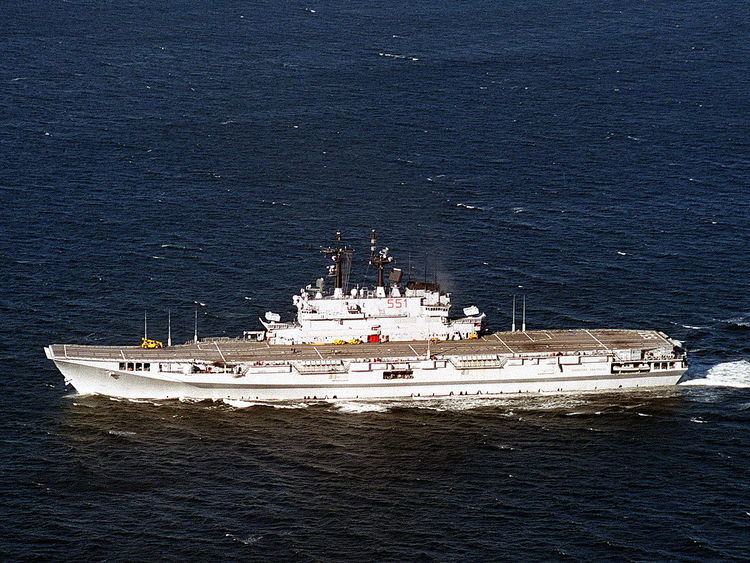 | ||
As a consequence of the April 2015 Libya migrant shipwrecks, the EU launched a military operation known as European Union Naval Force Mediterranean (EUNAVFOR Med), also known as Operation Sophia, with the aim of neutralising established refugee smuggling routes in the Mediterranean. The operational headquarters is located in Rome.
Contents
Operation
The aim of this new operation launched by Europe is to undertake systematic efforts to identify, capture and dispose of vessels as well as enabling assets used or suspected of being used by migrant smugglers or traffickers. The Juncker Commission, in particular the HR Federica Mogherini, views this operation as a fundamental contribution to fighting instability in the region and as a way to reduce the loss of lives at sea and increase the security of European citizens.
EUNAVFOR Med consists of three phases:
There is a common budget of EURO 11.82 million for a 12 months period.In addition, military assets and personnel are provided by the contributing states with the running costs and personnel costs being met on a national basis.
More than 13,000 migrants have been rescued from the sea in the course of the operation.
On 20 June 2016, the Council of the European Union extended Operation Sophia’s mandate reinforcing it by adding two supporting tasks: The length of the Operation may be continuously renewed by the Council.
Assets
A number of assets have been deployed:
Historical
Criticism
The UK's House of Lords has noted in a report that claims this kind of search-and-rescue operation acts as a ‘magnet to migrants and eases the task of smugglers, who would only need their vessels to reach the high seas’ had some validity.
Also the Libyan coastguard has warned that the EU's "Operation Sophia" boosts migrant smuggling, explaining that "People, when they get rescued, call their friends to tell them that there are EU vessels only 20 miles from Libyan waters to save them."
